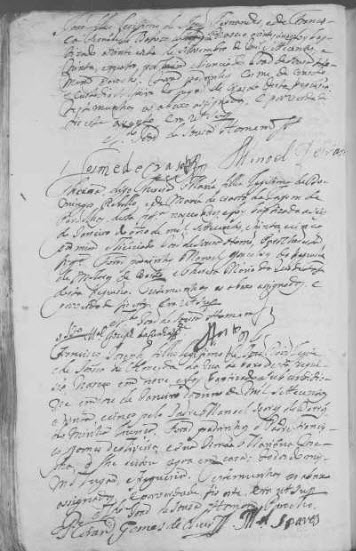
17 May 2014
A YouTube video for history researchers suggests that church records be considered vital records. EE gasped: Hunh?
Aside from the fact that churches rarely maintain records of births and deaths (they maintain registers of sacraments—e.g., baptisms, marriages, confirmations, and burials), they also offer a variety of other source-record types. How we cite them basically depends upon whether a work has been published or is still in manuscript form. If it is published, then we consider whether the work is presented as a book or a periodical. If it is in manuscript form, then we consider whether we are citing a bound item or "loose" items such as certificates or correspondence. Beyond that framework, a host of other issues arise.
EE's chapter 7 treats not only sacramental registers but also church brochures, censuses, newsletters, newspapers, and transcribed registers—as well as sections on the Mexican inquisición matrimonial, the Norwegian bydebok and vaksinasjon, the Swedish husförhörslängder, & umpteen dozen others.
As historical researchers, are you making the most of all the riches that churches have to offer?
IMAGE: "Portugal, Braga, Registros Paroquiais, 1530-1911," images, FamilySearch (https://familysearch.org/pal:/MM9.3.1/TH-1-16325-7276-34?cc=1913410&wc=M6MY-L29:198760801,210854501,211290801,202345702,211290803 : accessed 14 May 2014), Braga > Fafe > Fafe > Santa Eulália > Batismos 1699-1752 > image 5 of 357; citing Arquivo Distrital de Braga.